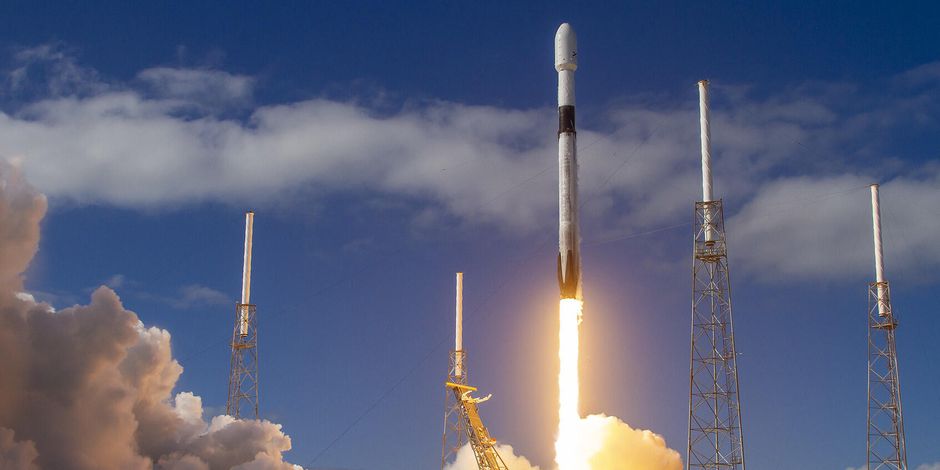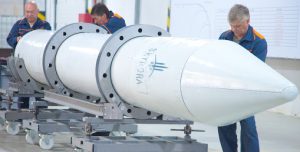Successful Launch for SpaceX: 105 Small Satellites + Perfect Landing
8th Feb 2022
SpaceX Launch Day
On 13th January at 10:25 AM, SpaceX successfully launched the Falcon 9 rocket. 105 small satellites were distributed into polar orbit for the purpose of scanning the planet daily. The intention of the placement is to allow them to take accurate and fast digital observations of Earth whenever scientists require it. On top of successfully launching, another great achievement was landing the Falcon 9 again to dramatically reduce costs for future launches. This will be the 10th time it returns to Earth and to make things even better, this would make it the 102nd time a SpaceX rocket launch ends with a Stage 1 confirmed landing. While this is not new for Elon Musk’s creation, it’s definitely an accomplishment as it opens up a new era for rocket technology.
The satellite launch commenced one hour after Falcon 9 got lift-off, and it confirms SpaceX’s successful approach for space ridesharing. They offer satellite operators the opportunity to launch on their spacecraft for a combined price of $1 million.
Being the second mission for 2022, the Transporter-3 aims to give small companies the option to have small satellites floating across the globe in order to technologise space and facilitate research and development. This recent SpaceX rocket launch also carried over their own Starlink internet satellites.
Routed Missions
Companies such as Exolaunch or Spaceflight Inc. facilitated the Transporter-3 mission by helping small satellites customers book a simple and straightforward ride to space. The mission structure can be compared to a bus route, which means that when interested companies see a viable opportunity to launch their satellites, they are able to book a “seat” and go ahead with their launches. Furthermore, the Transporter missions are excellent for satellites and other payloads that don’t require pinpoint precision but rather a more general area in space.
The wait time is dramatically shortened, and the SpaceX rocket launch schedule has already been updated from the initial two Transporter missions per year to four or even more.



![Best Astrophotos Of The Week: Moon Halo, Delta Heavy Rocket’s Last Launch, And More [12-19 April] Best Astrophotos Of The Week: Moon Halo, Delta Heavy Rocket’s Last Launch, And More [12-19 April]](https://orbitaltoday.com/wp-content/uploads/2024/04/Milky-Way-over-Damavand-peak-1-300x239.jpg)


Thank you for your comment! It will be visible on the site after moderation.